The choices we make each and every day about the food we buy and eat has a substantial influence on the health of the planet. We have become so separated from how food is grown and produced that many children have no idea where their food actually comes from. Misconceptions abound such as chocolate milk comes from brown cows, or tomatoes grow on trees!
This post contains affiliate links. If you click through a link I may get a small commision at no expense to you. Read my disclosure policy here.
Making your own food at home will dramatically cut your expenses and allow you much greater control over what you eat. It can be a great learning experience for your kids too if you involve them in the process.
I choose organic foods as much as possible. I don’t want pesticides in my body and I don’t want to support pesticide driven agriculture. Fast food is not on my menu plan, not only because it’s an unhealthy choice but also because of all that excessive packaging and corporate policies!
Meat
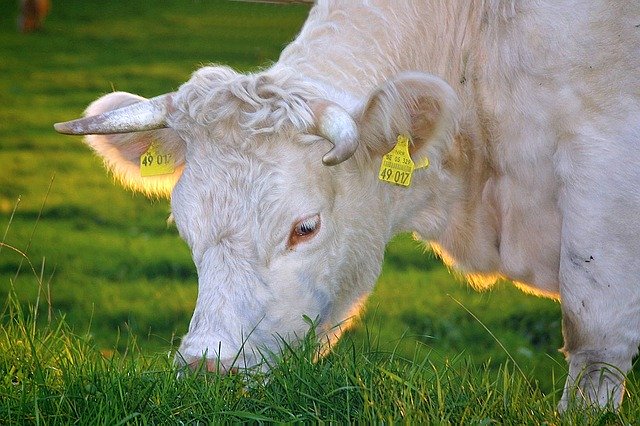
Beef is getting a bad rap, and for good reason. Most of the beef sold today comes from factory farms. The cattle are overcrowded and live in unsanitary conditions. They are pumped with antibiotics because they are exposed to more diseases, but which contribute to antibiotic resistant bacteria. Factory farm raised meats use shocking amounts of water; much of it to grow the GMO grains they’re fed. This diet changes the pH of the cattle’s stomachs making any disease more resistant to the acid in our stomachs. Their waste is collected in lagoons that can leak and pollute ground water and surrounding water ways. The methane they produce exacerbates climate change.
Pasture raised, all grass fed beef is a far better option when making food choices for the environment. Cattle are naturally grass grazers, and in the process distribute their waste throughout the pasture in amounts appropriate for feeding the soil. Land that’s not suitable for growing other crops can be used for grazing. But raising them where the rainforest has been slashed and burned is absolutely not okay for the environment.
If you want to reduce your carbon footprint from meat consider buying pasture raised meat. It’s more expensive, but that’s because it’s more expensive to raise the cattle sustainably. Read more about pasture raised meat in my new article, Support Your Local Farmer. Eating less meat in general is a good option. Americans eat far more protein than we truly need.
Read more about Earth Day Tips in my articles Earth Day Tips That Will Save You Money and Earth Day Tips on Utilities.
Going Vegetarian
If all crops used to feed meat animals were fed to people instead we could feed twice as many people. Many people are giving up meat entirely for the environment as well as other ethical reasons. But we need to consider how all our food is raised. Ethically, bio-sustainably raised meat and produce are far better for the Earth than factory farmed, GMO, pesticide laden anything.
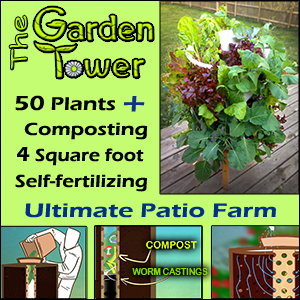
Since my daughter went vegetarian and often vegan, I have prepared and eaten far more meat-less meals and thoroughly enjoyed them.
Buy Local

Buying food produced locally can support your community and local farmers as well as the Earth. Locally grown food and produce are generally fresher and last longer since they didn’t need to be shipped cross country. Locally produced products tend to use less packaging and may be available to put in your own containers. Goods bought locally are a great boost to the local economy. 68% of money spent locally stays local compared to 48% spent at chain or big box stores. It’s important to support local restaurants rather than chains, especially if those restaurants try to use locally raised ingredients.
If everyone made a collective effort, 90% of Americans could be supported with food grown within 100 miles of where they live, according to one mapping study. That would radically reduce our use of fossil fuels for shipping! Making food choices for the environment would have a profound effect on the health of our people and the Earth.
Gardening
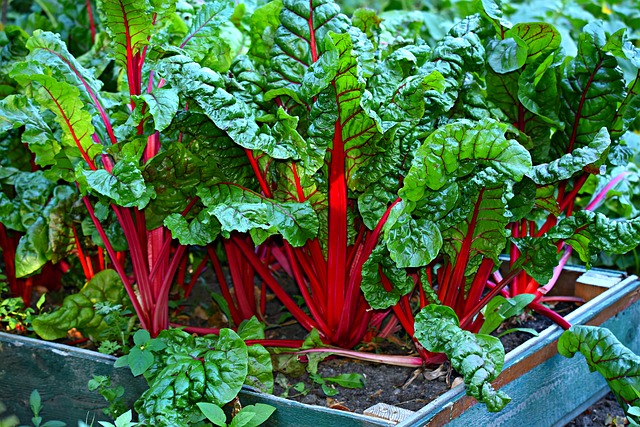
Planting a vegetable garden is a wonderful way to eat fresh, local, organic food! I have always grown some of my own food, but in the past few years I’ve decided to try and raise all our produce and preserve as much as possible. I have primarily frozen or dehydrated my crops or what I make from them. This year I’m learning to can so I’ll be able to put up enough for the winter.
If you are new to gardening and want to jump into it now, you might want to start by looking up your growing zone on a site like http://www.farmersalmanac.com. This determines what is appropriate to grow at what time of year and expected first and last frost dates. To get off to a quick start growing your own fresh food during these bizarre times, you can focus on fast growing root vegetables and greens. Seed packets will tell you the number of days to maturity.
Not everyone has the space for a garden, but even growing some tomatoes and basil in containers is tasty and rewarding. I have had success with numerous container crops including lettuce, arugula, chard, green beans, cucumbers and kale, as well as tomatoes and basil! You can start with plants or try seeds, in which case I recommend heirloom, open-pollinated varieties. Selecting varieties you can’t get at the grocery store is especially satisfying.
Local Farms and CSAs
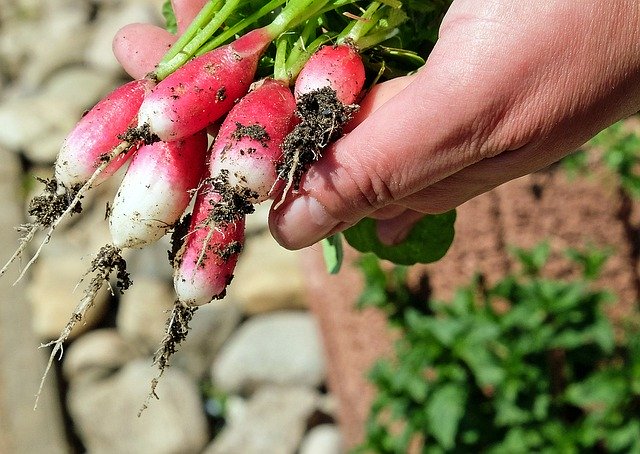
Supporting your local farmer keeps food and money in your community. One great way to get farm fresh produce is to join a CSA or Community Supported Agriculture program and pick up seasonal fruits and vegetables each week. Different farms offer different arrangements. You can check out some in your local area through www.localharvest.org. Local Harvest can also help you locate meat and eggs that come from pasture raised animals.
Food Waste
Food waste has been a serious problem for decades. In the Unites States we waste an estimated 30 to 40 percent of our food supplies! That food is the biggest source of landfill waste, making landfills the third highest source of methane in this country. I try to buy only what I think we will use. When we have leftovers we always eat them as is or I create a new dish with them. If I have extra berries or bananas, I freeze them for smoothies. Should carrots or celery start to look sad, I freeze them for when I make soup stock. And you can put almost anything into a frittata!
Compost
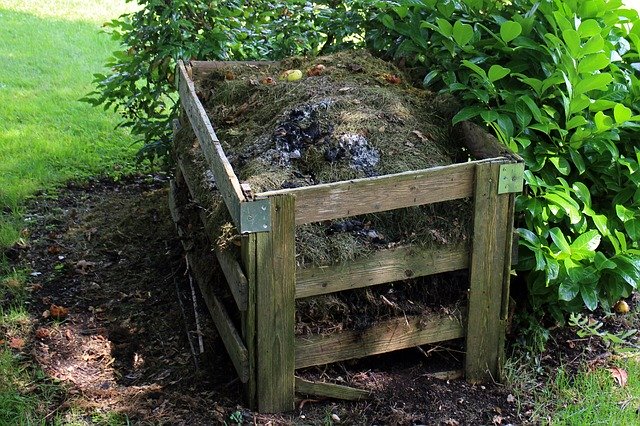
I believe that food scraps aren’t meant to go in landfill. If we have meat or fatty items like bones or chicken skin, we put it in the woods for the critters. (I know, you’re not technically supposed to do that, but since we started we rarely see raccoons anymore!)
All vegetable and fruit scraps, coffee grounds and egg shells go in compost. Surprisingly, you can compost hair, toilet paper tubes and cotton swabs with cardboard sticks! But meats, fats, dairy and bones should never be put in compost.
If you have a yard, you can compost. It doesn’t take a lot of room and it doesn’t even necessarily require any kind of bin. When we first moved to our current home I picked an area behind some trees that had a depression about 6 inches deep and put all compostable materials there. It was a couple years before I was able to build a proper compost bin out of pallets. But all the scraps in that hole still turned to soil. Ideally compost should be turned occasionally but that is much harder than it sounds so I rely on layering green (vegetable peels, apple cores) and brown (leaves, shredded paper board) materials as much as possible.
If you live in the city or in an apartment, there are indoor composters you can buy.
My compost nourishes my gardens, keeps food out of the landfill, and cost nothing!
If all this is a little overwhelming, take heart. I have spent many years making all these small changes. So try one of these ideas at a time and add another as you master each.
Please share your experiences with making food choices for the environment in the comments section below.
Subscribe to my newsletter here, to get all the posts on sustainable finances, sustainable living.
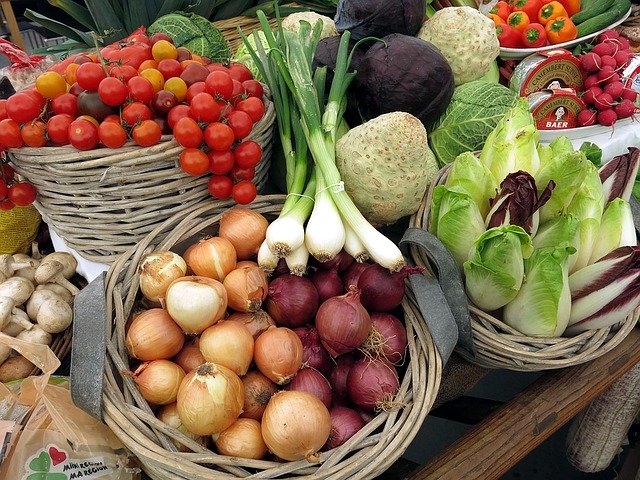
Superb, what a weblog it is! This webpage gives useful facts to us, keep it up.
my webpage; news
Although it is hard to change your diet, less beef and more veggies is better for your heart health too!